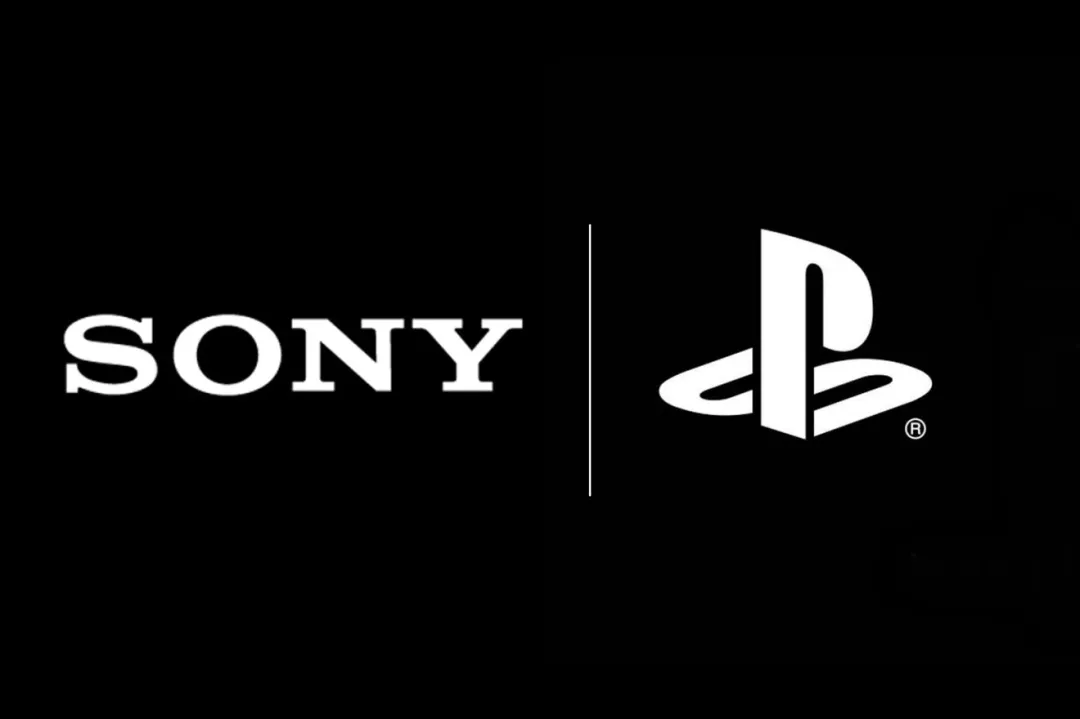If you’ve ever picked up a PlayStation controller, you might be surprised to learn that the console’s origin story is almost like a Hollywood drama – full of collaboration, unexpected betrayal, and a bold leap into the unknown. The PlayStation didn’t just appear out of nowhere. It was born from a partnership between two giants: Sony and Nintendo. And when that partnership fell apart, it set the stage for one of the biggest success stories in gaming history.
The Beginning: When Sony and Nintendo Were Partners
Back in the late 1980s and early 90s, Nintendo was king of the video game world with its Super Nintendo Entertainment System (SNES). Sony, on the other hand, was mostly known for its electronics – TVs, Walkmans, and the like – but was starting to get curious about video games.
Sony and Nintendo teamed up to create something new: a CD-ROM add-on for the SNES. Why? Because CDs could hold way more data than cartridges, which meant bigger, more detailed games. This project was called the “Play Station” (yes, with a space). Sony was excited, especially one engineer named Ken Kutaragi, who secretly believed Sony could build its own gaming console someday.
The Betrayal: Nintendo’s Sudden Change of Heart
Just when things were looking good, Nintendo pulled the rug out from under Sony. At a big industry event in 1991, Sony proudly announced the PlayStation. But the very next day, Nintendo shocked everyone by saying they were ditching Sony and partnering with Philips instead to work on the CD add-on.
Why? Nintendo was worried Sony would have too much control over the games and the money. For Sony, this was a huge slap in the face – a public betrayal that could have ended their gaming ambitions before they even began.

Turning Pain into Power: Sony’s Decision to Go It Alone
Instead of giving up, Sony decided to fight back. Ken Kutaragi convinced Sony’s top brass that they could build their own console – one that didn’t rely on Nintendo or anyone else. Sony’s president, Norio Ohga, backed him up, giving Kutaragi the green light and resources to make it happen.
Sony formed a new division called Sony Computer Entertainment to focus on this project. They used their expertise in CDs and pushed the boundaries with 3D graphics, aiming to create a console that was powerful, affordable, and appealing to older gamers, not just kids.
How the Breakup with Nintendo Shaped PlayStation’s Success
That messy split with Nintendo actually helped Sony make some smart choices:
- Tech Innovation: Sony focused on CD-ROMs and 3D graphics, which let game creators build bigger, more immersive worlds than ever before.
- Developer-Friendly Approach: Unlike Nintendo, which was pretty strict about who could make games, Sony opened the door wide. This attracted tons of game developers eager to try new ideas, leading to a huge variety of games.
- A New Audience: Sony marketed the PlayStation as a cool, sophisticated entertainment system for teens and adults, not just kids. This helped it stand out from Nintendo and Sega.
- Strong Leadership: The betrayal motivated Sony’s leaders to commit to the PlayStation fully, ensuring it got the support it needed to succeed.
The Result: A Game-Changer Hits the Market
When the PlayStation launched in Japan in 1994 and worldwide in 1995, it was an instant hit. It went on to sell over 100 million units – a first for any console. Games like Final Fantasy VII, Metal Gear Solid, and Gran Turismo became classics that defined a generation.
Sony’s bold move shook up the industry. Sega’s dominance faded, and Nintendo had to rethink its strategy. Most importantly, Sony became a major player in gaming – a position it still holds today.
https://www.playstation.com/en-us/playstation-history/1994-ps-one/

